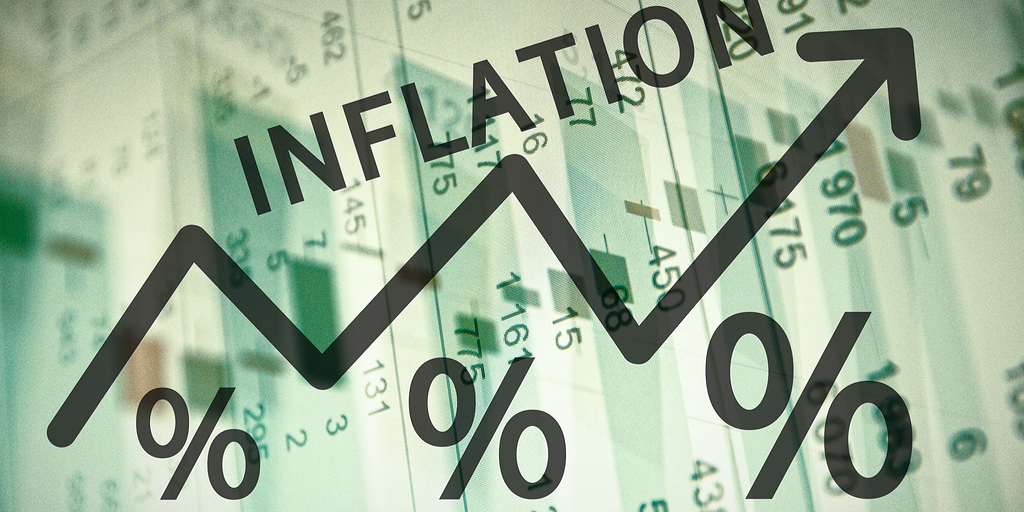

UK inflation as measured by the consumer prices index fell slightly to 10.1% in March, the Office for National Statistics (ONS) has reported.

And while the return to a downward trajectory has been welcomed following an unexpected uptick in February, it’s still a long way off the 2% target.
The March drop from 10.4% in February is smaller than expected and means inflation has now been in double figures since September last year, after peaking at 11.1% in October.
Global oil prices declined, but this was offset by the fastest rises in food and drink prices since 1977, signifying continued pressures on household budgets.
Across the mortgage industry, the decrease has been welcomed, but concerns remain over what this means for the Monetary Policy Committee’s next base rate announcement on May 11.
LiveMore managing director of capital markets and finance Simon Webb comments: “Inflation has been in double digit figures since last September and it is still stubbornly there, but a fall, even if only by 0.3%, is better than nothing. Let’s hope this is the start of the downward trajectory towards the 2% target.
“But we are not out of the woods yet. Looking to what this will do with regards to the Bank of England base rate decision next month, the bank has said it will be data driven and the next meeting is still a number of weeks away, but it is safe to say the days of higher interest rates will be around for quite a while yet.”
SelfEmployedMortgageHub.com founder Graham Cox adds: “The USA is starting to see sharp falls in inflation, and I expect the UK will follow suit over the next few months, even though again we remain in double digits for now.
“Unfortunately, the Bank of England has no real choice but to raise the base rate when other central banks are doing likewise. Failing to do so would see sterling plummet against foreign currencies, further fuelling inflation as import prices rise. Hopefully we’re at the tail end of base rate hikes, and we might even see some cuts towards the year’s end.”
Despite the smaller than expected fall and the potential for another base rate rise next month, it’s felt mortgage rates are generally stable for the time being.
Hargreaves Lansdown head of personal finance Sarah Coles says: “In the run-up to the release of today’s inflation figures, the banks were increasingly confident the previous month’s rise was a blip, and we’re unlikely to see many more rate rises. Today’s sticky inflation figures may mean a readjustment from some, but it’s unlikely to stop mortgage rates trending downwards in the coming weeks and months.
“Your decision whether or not to fix, and if so, for how long, will depend on your priorities. If you fix now, you’re likely to see rates fall in the coming months. However, you may well be on a higher variable rate while you wait, so there’s a cost involved.”
However, concern remains though for those households who are struggling to make ends meet.
MorganAsh managing director Andrew Gething adds: “The percentages are moving in the right direction, but just not fast enough for the most vulnerable of households. A sustained increase in real world costs and a potential rise in interest rates on the horizon could push more into this vulnerable category, a clear area of focus for firms with Consumer Duty. This expands the scope of vulnerability far beyond financial to include a broad range of issues such as health, lifestyle and relationship vulnerabilities.
“This will be a crucial time for lenders and brokers to ensure all borrowers are getting the advice and support they need.”